Ernest Hemingway’s Adventures in Montana
[The following selections are from Ernest Hemingway in the Yellowstone High Country, copyright © 2019 by Chris Warren, published by Riverbend Publishing, Helena, MT.The book contains informative Appendices, photos, and chronology.]
1930
As Ernest Hemingway drove west in 1930, though still only 30, he had been to war, been married, divorced, and married again, had two sons, published two collections of short stories, and just finished his second novel. He’d lived most of the last ten years in France and Spain before returning home to be confronted by the death of his father and the birth of the Great Depression.
Hemingway’s time in the Yellowstone High Country began on July 13, 1930, when he first crossed the Clark’s Fork and settled onto the L—T Ranch ten miles outside of Cooke City, Montana. The ranch was owned by Olive and Lawrence Nordquist; the “L” and “T” stood for the first and last letters in the latter’s name.
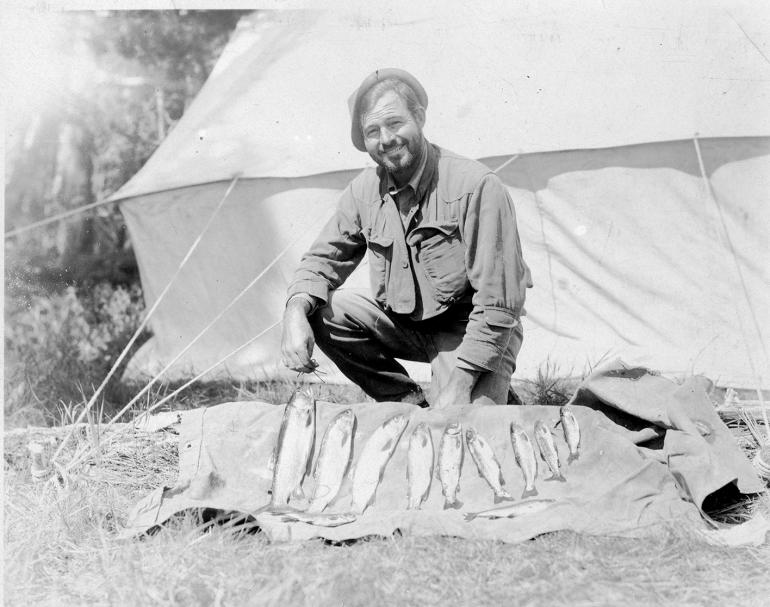
Hemingway arrived with his second wife, Pauline Pfeiffer, and his first son Jack, often called Bumby. Patrick, his second son and first with Pauline, stayed in Piggot, Arkansas, with Pauline’s parents. Before arriving at the L—T, they had been directed to another ranch on Sunlight Creek owned by Simon Snyder. People there, when they realized who their famous guest was, fawned and pandered to him to such a degree that the Hemingways piled into the car and ventured further upriver in search of a lower profile.
The main draw of this area was the Clark’s Fork River and its spectacular trout fishing. Upon arrival, Hemingway entered the Clark’s Fork Valley folklore by becoming the first person to drive a car all the way to the L—T Ranch. At that time the road was passable by automobiles only up to Crandall Creek; from there, people and supplies were taken in by horses. The Hemingway’s Model A Ford, the same car which had made some famous runs from Paris to Pamplona some years before, became high-centered on the deeply rutted horse-and-wagon road.
The Ranch
The L—T Ranch is one of several ranches in the area owned by wealthy families. Great care has been taken to preserve the ranches so they are very much the same as they were in Hemingway’s day….There was a main lodge and typical barns and corrals needed for running a cow-hay operation and dude ranch; irrigation water was provided by the Clark’s Fork. There was a group of guest cabins in the trees. Cabin number one was the first cabin inhabited by Hemingway, Pauline, and Bumby. As the family grew and guests became more frequent, the family moved to the larger Sidley Cabin on a knoll by the river.
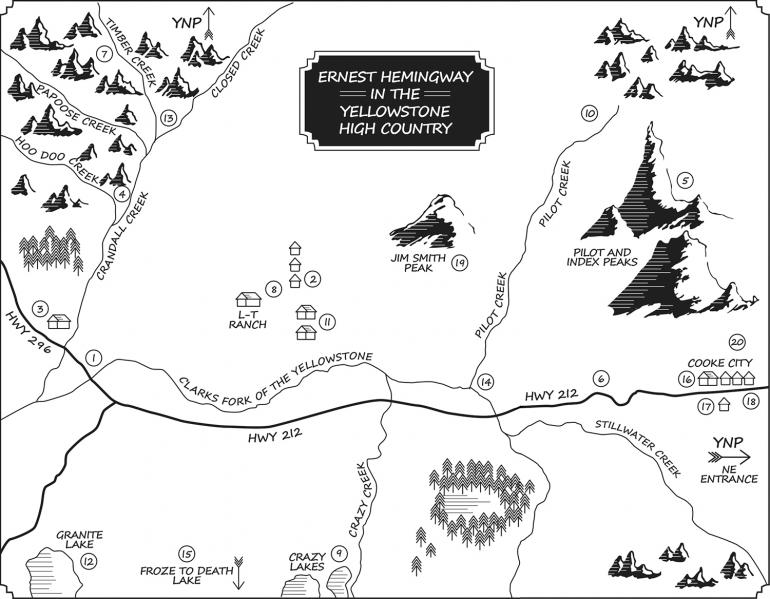
Accident
In a 1932 letter from the ranch, Hemingway mentions taking the car to shoot grouse, then busting the oil pan and “coasting” four miles downhill to Cooke City. After an eventful summer, Hemingway then headed out of the high country with Dos Passos and Floyd Allington, through Cooke City, spending the night within earshot of a gurgling geyser at Mammoth Hot Springs in Yellowstone National Park. From there, with the help of a quart of bourbon, they managed to crash the Ford outside of Laurel, Montana. Hemingway suffered a bad break to his right arm and remained at St. Vincent’s Hospital in Billings for two months. His hospital stay was the inspiration for the rollicking short story, “The Gambler, the Nun and the Radio.”
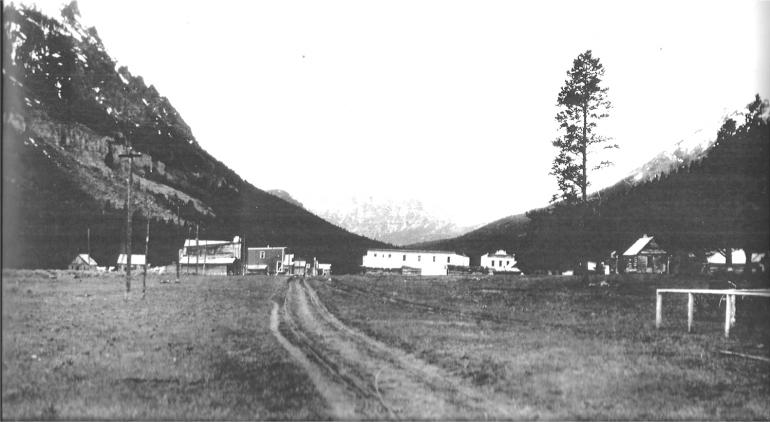
His Father & Suicide
Ten years after Clarence Hemingway’s (his father’s) suicide, five days after his fortieth birthday, with his marriage on the rocks and the world on the brink of war, Hemingway wrote to his wife: “Life is quite complicated. And you don’t always have luck. Anyway not a thing to write about. Important thing for me is to not get discouraged…Because very bad example to children.”
In a letter to Pauline’s parents, Hemingway maintained that he was working toward 70,000 words on the novel. He had always believed that writing clearly about the most difficult things in life was key to his work. The death of his father had haunted him throughout his time at the L—T; now it was time to put the issue on paper. In Chapter 30 of For Whom the Bell Tolls, Robert Jordan remembers riding horses over the Beartooth Mountains with his friend Chub and pausing at a high-country lake. After dismounting, Jordan walks over to a rock outcropping at the edge of the lake, which is rumored to be very deep. Jordan leans over the water, peers at his own reflection, and drops in the Smith and Wesson revolver that his father had used to commit suicide, watching it sink until it is out of sight. As the two ride away from the lake, readers are given this exchange:“I know why you did that with the old gun, Bob,” Chub said.
“Well, then we don’t have to talk about it,” he had said.
They never talked about it and that was the end of Grandfather’s sidearms...”
Later Years
For Whom the Bell Tolls was released in October 1940. Hemingway married Martha Gellhorn at the Union Pacific Railroad dining room in Cheyenne, Wyoming, in December 1940. When Martha and her friends Lloyd and Tillie Arnold read the new novel, they suspected that Hemingway’s father had killed himself. After confirming their assumption, Hemingway spoke of his “common sense view of suicide” and calmly explained to his new wife how he would go about it, with a shotgun, using a toe to pull the trigger. Hemingway was forced to think about death when F. Scott Fitzgerald died that December, and Max Perkins, Hemingway’s friend and editor at Scribner’s since 1924, died in 1941. Pauline Hemingway died in 1951.
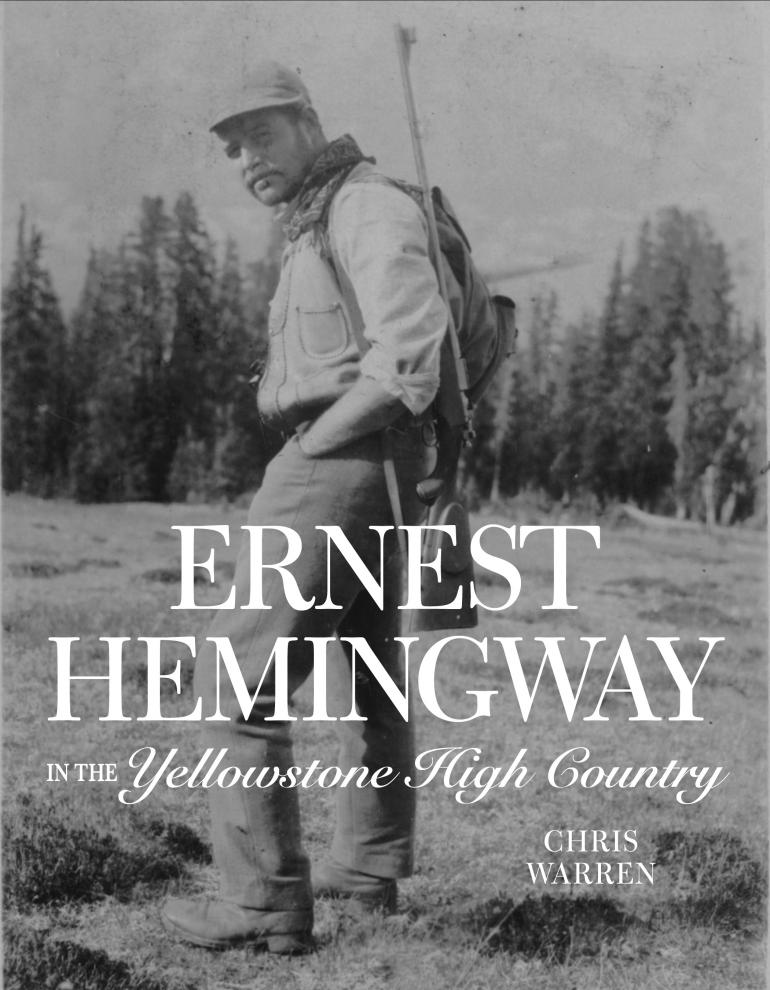
Hemingway’s marriage to Martha Gellhorn ended in 1945, and he married journalist Mary Welsh in 1946. He never returned to the Clark’s Fork Valley or Cooke City but this “good country” stayed in his heart and in his work. In Across the River and into the Trees, Colonel Cantwell hails from Montana and at one point argues that Cooke City is the toughest town in the world. In Islands in the Stream, protagonist Thomas Hudson also hails from Montana, and he implores his writer friend to head to his ranch for inspiration. The “Tom character” would reappear in “A Man of the World,” the last story Hemingway published in his lifetime and it was set in Cooke City. In True at First Light, published after his death, he would refer to the General Store in Cooke City, from where he had mailed so much of his work to Max Perkins during the thirties.
Even in his later years after much deterioration and electric shock therapy, Hemingway’s heart remained in the Yellowstone High Country. In 1961, less than a month before his death, Charlie Scribner sent Hemingway a copy of a flyfishing guide to Yellowstone. Hemingway replied that the book “set him dreaming of the old days at the Nordquist ranch beside the Clark’s Fork of the Yellowstone.”
Ernest Hemingway first entered the Yellowstone High Country in the summer of 1930. He left for the last time in the fall of 1939. He was at his best over those years, as a hunter, as a fisherman, as a family man, but most of all, as a writer.
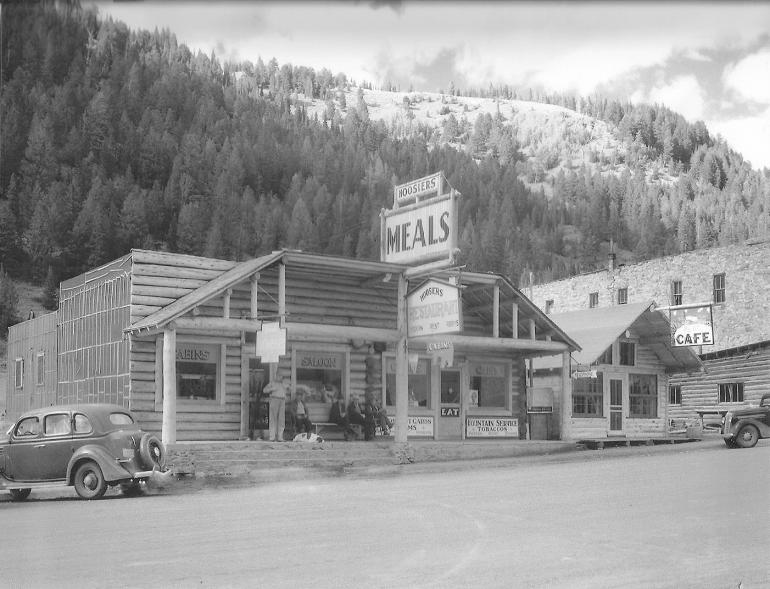
2020 International Hemingway Conference
The 2020 Conference will take place on from July 19th -25th, 2020. The first four days(19th-22nd) will be in Sheridan, WY while the last three days(23rd-25th) will be in the Cooke City/Silver Gate community just outside Yellowstone’s N.E. Entrance.
While the 2020 Conference is primarily an academic event, the public is encouraged to participate. The first step is to become member of the Hemingway Society—costs $40 for the year and includes three editions of The Hemingway Review. Next, register for the Conference; attendees can register for the Sheridan half, the Cooke City half or for the entire conference.
Suggested Loop: For our out of state attendees we are suggesting a loop that begins and ends in Billings. Local residents looking to immerse themselves in the Hemingway experience would do well to follows this loop as well. We begin in Billings since it has an International Airport. Hemingway picked up his second wife Pauline at the Billings Airport in 1939 just weeks before the couples’ eventual break-up. As attendees leave the airport they will see St. Vincent’s Hospital where Hemingway stayed for seven weeks in 1930. From Billings head east to Sheridan, Wyoming, passing the Little Bighorn Battlefield on the way. Once in Sheridan, the Conference proper begins. There will be around 150 paper presentations along with plenary sessions and panels. There will also be guest speakers, luncheons, fundraisers, trivia at local bars and excursions to pertinent Hemingway sites. On the morning of the 23rd, after a drive over the Bighorn Mountains and a lunch stop in Cody, WY, the Conference arrives in Cooke City where there will be a welcome reception at the Range Rider Lodge. Over the next two days there will be academic sessions, events in Yellowstone and in town, a self-guided tour of Hemingway Country, and a lavish Closing Ceremony with dinner and live music. The Conference will then head over the Beartooth Pass and back to Billings after a lunch stop in Red Lodge, MT.
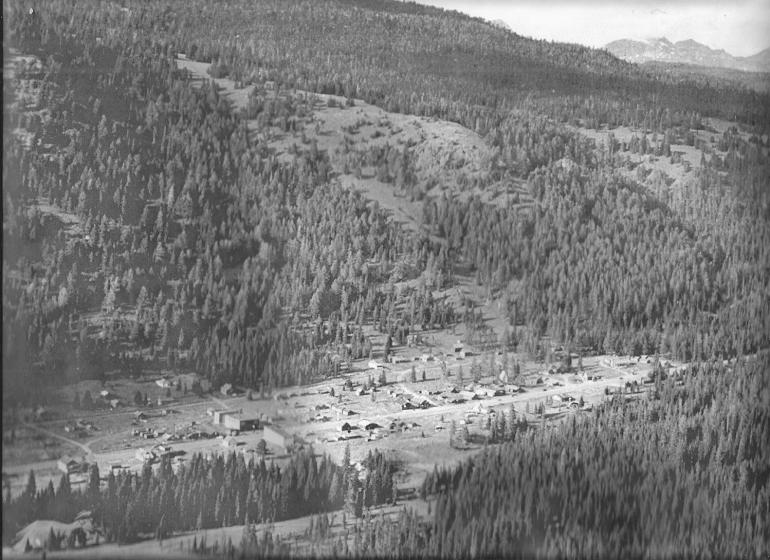
This Conference takes place in Yellowstone Country during the busiest time of the summer season. If you are interested in attending you must book a room well in advance (especially for the Cooke City phase), register for the Conference, then scan the schedule and decide which events you would like to attend.
See you in 2020.
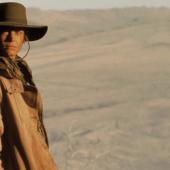
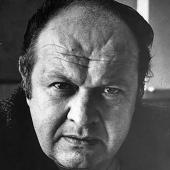
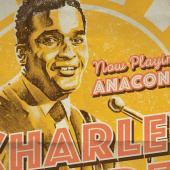
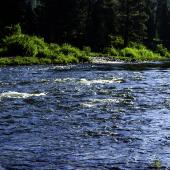

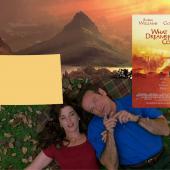
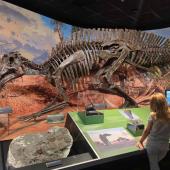
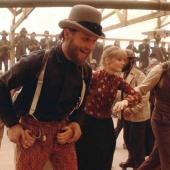
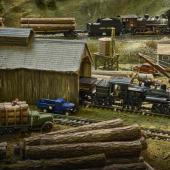
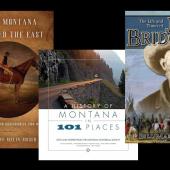
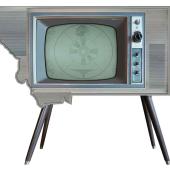
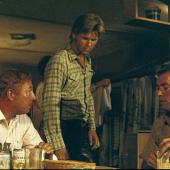
A
Big fan of Hemingway.
Thank you!
- Reply
Permalink